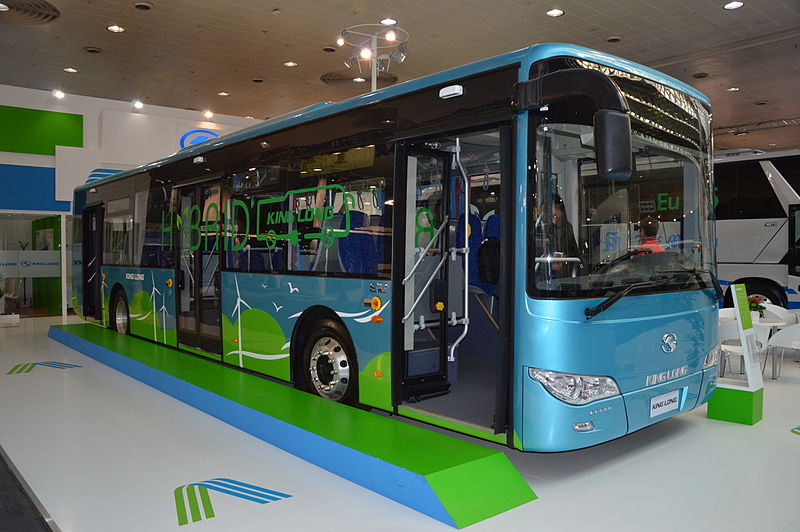In the wake of a global push towards sustainability and reduced carbon emissions, the public transportation sector is experiencing a significant transformation. Buses, a staple of urban transit, are at the forefront of this change, with two main contenders vying for dominance: electric buses and hybrid buses. Each technology presents unique advantages and challenges, leading to a pivotal question: which will ultimately dominate the market?
Electric Buses: The Green Revolution
Electric buses (e-buses) are increasingly gaining popularity among city planners and environmental advocates. Powered entirely by batteries, these vehicles produce zero tailpipe emissions, significantly reducing urban air pollution. The environmental benefits are compelling; with cities around the world striving to meet stringent air quality standards, e-buses offer a viable solution.
Moreover, advancements in battery technology are enhancing the range and efficiency of electric buses. Manufacturers like BYD, Proterra, and Tesla are continuously innovating, leading to longer operational hours on a single charge. Additionally, many cities are investing in charging infrastructure to support e-bus fleets, further facilitating their adoption.
However, challenges remain. The high upfront costs of electric buses, coupled with the necessity for extensive charging infrastructure, can deter some municipalities from fully committing. Additionally, concerns about battery longevity and disposal are critical factors that need to be addressed as the market grows.
Hybrid Buses: The Transitional Solution
Hybrid buses, which combine a traditional internal combustion engine with electric propulsion, are often seen as a transitional solution towards full electrification. They offer several advantages, notably flexibility and reduced emissions compared to their diesel counterparts. Hybrid technology enables buses to operate more efficiently, particularly in stop-and-go traffic, where electric motors can handle short distances before the engine kicks in.
For many transit authorities, the initial investment for hybrid buses is lower compared to electric buses, making them an attractive option. Their dual power sources allow them to cover longer distances without the constant need for charging, addressing concerns related to range anxiety.
However, hybrids are not without their drawbacks. While they emit fewer pollutants than diesel buses, they still rely on fossil fuels, which contradicts the goal of achieving zero emissions. Moreover, the complexity of hybrid systems can lead to higher maintenance costs and challenges in repairs.
The Future Landscape: A Dual Path
As cities continue to explore sustainable transit options, the question of whether electric or hybrid buses will dominate remains nuanced. Electric buses are on the rise, especially in regions with strong environmental mandates and investment capabilities. Cities like Los Angeles and Shenzhen have already made significant strides in adopting e-buses, setting a precedent for others to follow.
Conversely, hybrid buses may continue to serve as a practical choice for cities with budget constraints or those still developing charging infrastructure. In the short term, it is likely that both technologies will coexist, each playing a critical role in the transition towards cleaner public transport.
While electric buses are poised to lead the charge in the long run, hybrid buses offer a more immediate and practical solution for many transit authorities. The ultimate market dominance will depend on advancements in technology, infrastructure development, and government policies that prioritize sustainability. As the public transportation landscape evolves, the commitment to reducing emissions will undoubtedly guide the way forward, illuminating a path where both electric and hybrid buses can thrive.
